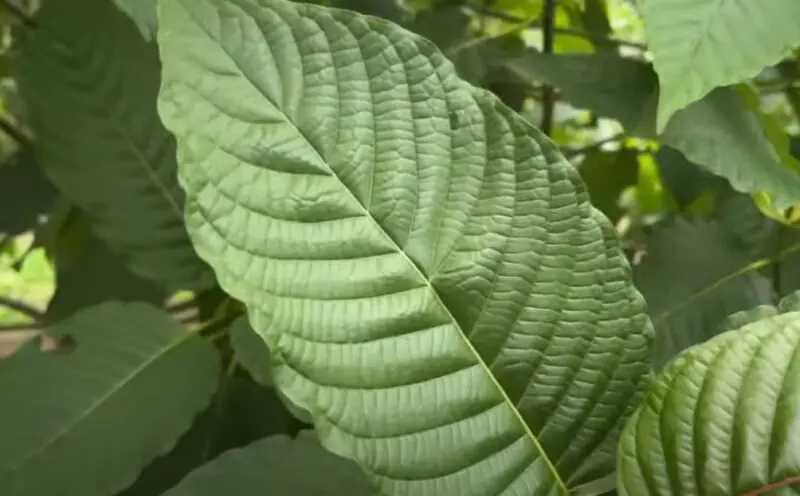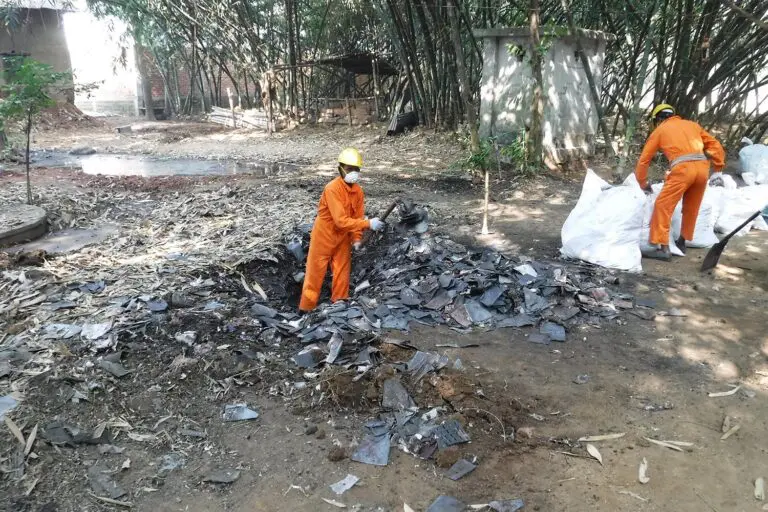Kratom is a tropical tree native to Southeast Asia, known for its stimulant and opioid-like effects.
It has a presence in the United States, but it must be said that it is not treated equally in all the states.
States like Indiana have their own legal approach when it comes to kratom.
Table of Contents
ToggleCurrent Legal Status in Indiana
In Indiana, Kratom has been classified as a controlled substance since 2012, making its sale and possession illegal.
Under this law, anyone caught selling or possessing Kratom in Indiana faces legal penalties, including fines and potential jail time.
The move was intended to preemptively address potential public health issues associated with the unregulated use of Kratom.
At the federal level, Kratom is not classified as a controlled substance by the Drug Enforcement Administration (DEA).
Some states, like Indiana, have imposed outright bans on Kratom, while others have chosen to regulate its sale and use to ensure consumer safety.
States that regulate Kratom often implement measures such as age restrictions, labeling requirements, and product testing to prevent contamination and ensure accurate dosing.
Reasons for the Ban

The ban on Kratom in Indiana is primarily due to concerns over its safety and potential for abuse.
Kratom has been linked to various adverse effects, including:
- Nausea
- Vomiting
- Respiratory depression
There have been reports of individuals experiencing hallucinations, seizures, and liver damage after consuming Kratom, raising alarms among healthcare professionals and lawmakers alike.
The variability in Kratom’s potency and the lack of regulation in its production and sale add to the risk, as consumers cannot be sure of the dosage or the presence of contaminants.
There is significant confusion between Kratom and synthetic substances, such as synthetic cannabinoids (often referred to as “K2” or “Spice”), which have caused severe public health issues and numerous emergency room visits.
This confusion has contributed to the negative perception, as both substances are often sold in similar markets and can be misused in similar ways.
Lawmakers in Indiana have compared Kratom to other Schedule I substances, such as heroin and LSD, which are considered to have a high potential for abuse and no accepted medical use.
Advocacy and Efforts for Legalization

Introduced by lawmakers who see potential benefits in regulated Kratom use, the bill aims to reclassify Kratom and allow its sale and possession under strict regulations.
Proponents of Kratom legalization argue that it can serve as an effective tool for pain management, providing an alternative to prescription opioids.
They point to personal testimonies from users who have experienced significant relief from chronic pain without the severe side effects or risk of addiction associated with opioid medications.
Kratom is touted as a valuable aid for individuals withdrawing from opioids, helping to alleviate withdrawal symptoms and reduce dependency.
Advocates highlight the importance of regulation over prohibition. They argue that a regulated market can ensure product safety through mandatory testing for contaminants and accurate labeling of dosages, reducing the risks associated with unregulated, black-market products.
Regulation can also implement age restrictions to prevent access by minors and provide consumer education about safe use.
Public hearings and discussions are part of this process, providing a platform for both advocates and opponents to voice their perspectives.
Background on Kratom

Kratom (Mitragyna speciosa) originates from Southeast Asia, where it has been traditionally used for centuries.
Local populations in countries like Thailand, Malaysia, and Indonesia have used Kratom leaves for their stimulant effects to combat fatigue and for their analgesic properties to relieve pain.
In recent years, Kratom has garnered global attention for its potential benefits, including pain management, aid in opioid withdrawal, and recreational use.
Final Thoughts
Indiana’s current legal status prohibits Kratom, reflecting safety concerns. However, ongoing debates and legislative efforts could lead to future changes.
Staying informed and participating in discussions is vital for shaping Kratom’s legal landscape.
Related Posts:
- 10 Tips for Locating Legal Help in Small Indiana Town
- Indiana Companies Play Key Role in Military’s PFAS…
- How Indiana Is Fighting Against Water Pollution in…
- How Old Indiana Brick Bridges the Gap Between…
- Janet Jackson: A Superstar’s Indiana Roots and Rise to Fame
- Lafayette, Indiana Population Statistics 2025 -…












